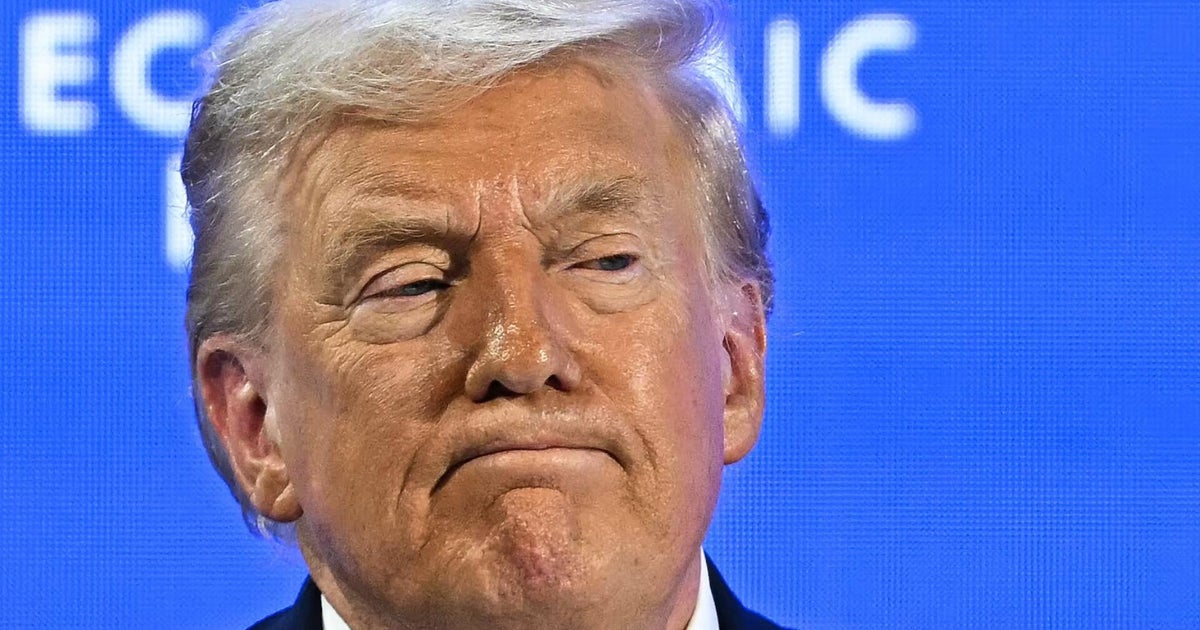China trade war with U.S.: These will be the first casualties from more tariffs
The Trump administration is set to impose tariffs Friday on $34 billion worth of Chinese imports, mostly electronics components. The U.S. tariffs come on top of those already in effect for steel and aluminum, washing machines and solar equipment.
China has vowed to immediately retaliate with its own round of $34 billion in tariffs on U.S. products. Here's what you need to know:
U.S. consumers may pay more for common electronics
Buyers in the U.S. will soon see price hikes on computers, phones, thermostats and similar "everyday items" such as those that use LED lighting, according to the Information Technology Industry Council, a group that represents technology companies.
That's because the hundreds of Chinese components that the Trump administration aims to penalize are used to make everything from LEDs to sensors to printer and scanner components. When manufacturers pay more for their parts, the costs are typically passed on to consumers, the ITI said.
The list of items facing U.S. tariffs also includes metal and electronic components and equipment used in power plants, farming machinery, factories, papermaking, aircraft manufacturing and metalworking.
U.S. businesses may lose a competitive edge
Starting Friday, the U.S. will slap 25 percent tariffs on 818 Chinese products and parts that are worth about $34 billion a year. Another $16 billion in goods from China may be taxed after the U.S. receives more input from American industries by the end of July.
Because many of the components are used to make finished goods that can also be exported once assembled in the U.S., some economists say it's an ineffective penalty on China that ignores how global supply chains work. The Peterson Institute for International Economics said in May the tariffs put American companies at a disadvantage, rather than address concerns about China's handling and alleged theft of U.S. technology.
Items on the "tariff hit list are largely inputs used in American production, even when looking beyond formal affiliates of U.S. companies, meaning that the proposed Trump taxes would decrease American competitiveness," PIIE said.
China's retaliatory tariffs target Mr. Trump's supporters, especially farmers.
China's retaliatory tariffs, also worth $34 billion, include goods from soybeans to lobsters to pork. That means American goods are more expensive for Chinese consumers and businesses, prompting them to look to other countries, like Brazil and the EU, for supplies and goods. That hits U.S. farmers and manufacturers who now need to look elsewhere for buyers.
For instance, China is expected to cancel more soybean orders, concerning farmers so much so that one ship with the product is racing across the ocean to meet the deadline, according to Bloomberg.
China's targeted list focusing on agriculture echoes similar retaliatory tariffs slapped on the U.S. by some of its biggest allies, including Mexico, Canada and the EU, in response to steel and aluminum tariffs from the U.S. All are meant to deliver a stinging blow to American farmers, who overwhelmingly supported Mr. Trump in the 2016 election.
U.S. farm interests are represented by powerful lobbyists and some members of Congress, who already are starting to pressure the Trump administration to change its approach.
Who in the U.S. will be hurt most in a global trade war?
The U.S. Chamber of Commerce, which represents a wide swath of American businesses, earlier this week published a map of its estimates on how much the trade conflicts will impact each state.
Of the 30 states President Trump won in the 2016 election, some $36.5 billion worth of annual exports are threatened by retaliatory tariffs from China, the EU, Mexico and Canada, the Chamber estimated.
And it might not let up any time soon. Mr. Trump earlier this year threatened an additional $200 billion in tariffs on Chinese goods on top of July's potential $50 billion ion total tariffs. Beijing swiftly followed with a vow to retaliate dollar-for-dollar. It's all jangling investor nerves and eliciting concerns from a range of industries -- after all, $200 billion here, $200 billion there, and pretty soon you are talking about real money in a world economy valued at around $100 trillion annually.
The Associated Press contributed to this report.





